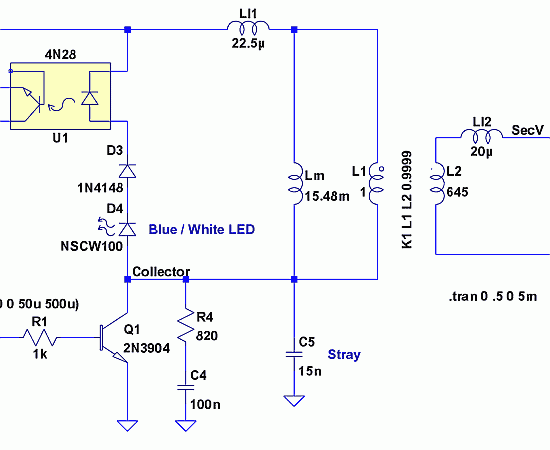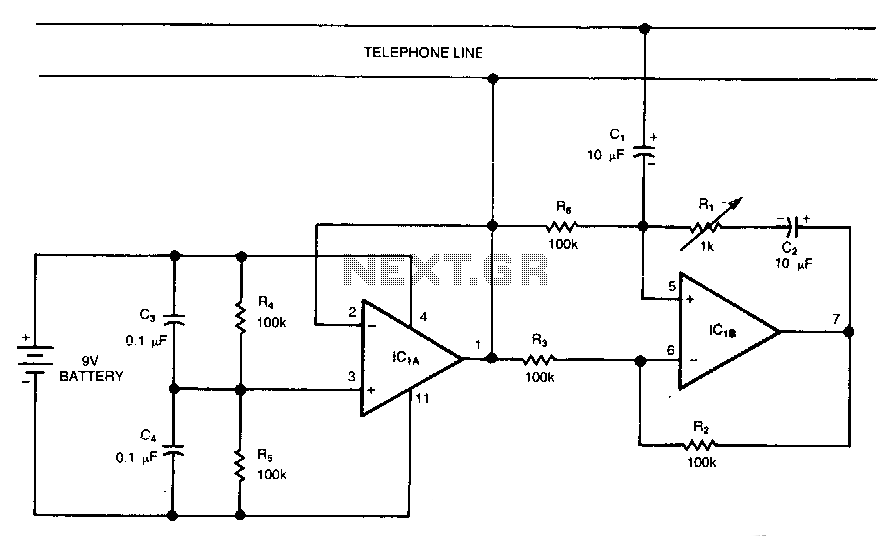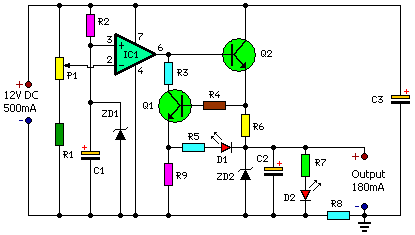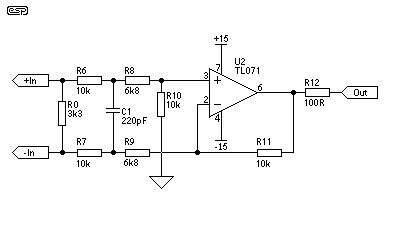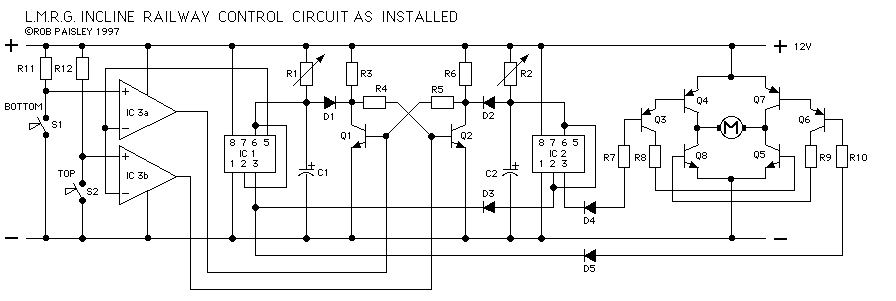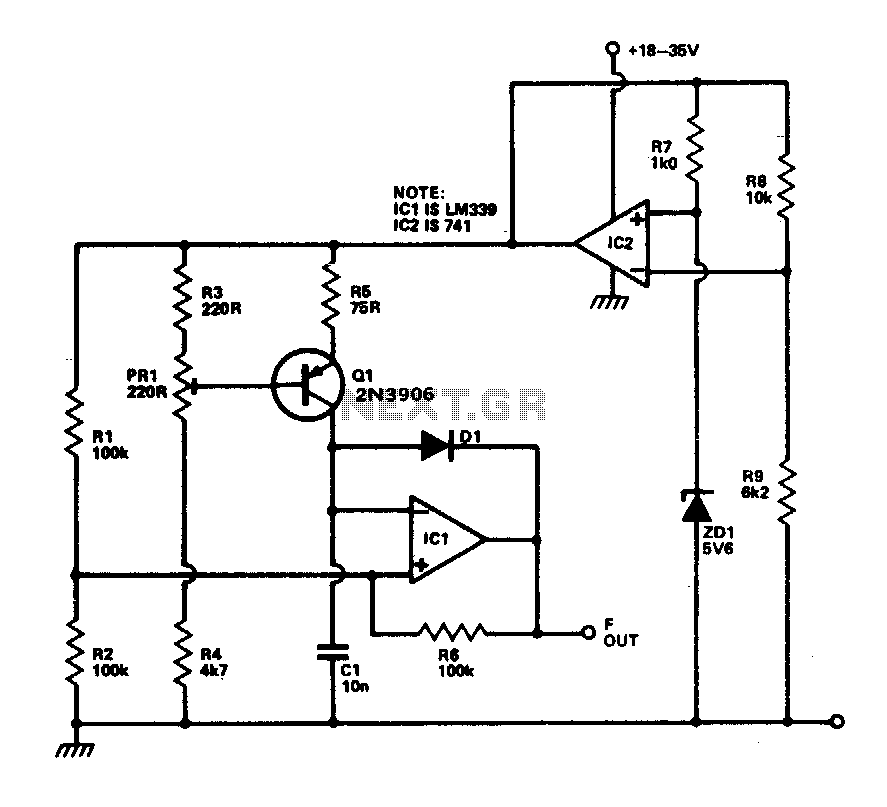
cruddy v 2 line follower mobile robot

This is the fifth iteration of a robot named Cruddy version 2. It functions as a line-following robot and features an improved circuit design, originally conceived by the designer. Notably, this project does not utilize a microcontroller; instead, it is constructed entirely using digital logic gates.
The Cruddy version 2 robot operates as a line-following device, employing a series of digital logic gates to process input signals from sensors that detect the line on the ground. The design typically includes two main components: the sensor array and the logic circuit.
The sensor array is composed of infrared (IR) sensors that continuously monitor the surface beneath the robot. When the sensors detect a change in reflectivity—indicating the presence of a line—the output signal is directed to the digital logic gates. The gates are configured to interpret these signals and control the motors that drive the robot's wheels.
The logic circuit may consist of various gates such as AND, OR, and NOT gates, which work together to create a control logic that determines the movement of the robot. For example, if the left sensor detects the line, the logic circuit can be designed to stop the left motor while allowing the right motor to continue, thus steering the robot back onto the line.
The absence of a microcontroller simplifies the design and reduces costs, making it an excellent educational project for understanding the fundamentals of digital electronics and robotics. Furthermore, the aesthetic enhancements contribute to the robot's appeal, showcasing how functional design can merge with visual creativity in electronic projects.
Overall, the Cruddy version 2 robot exemplifies a practical application of digital logic in robotics, illustrating the principles of sensor integration and motor control without the complexity of programmable components.This is my 5th robot. He is Cruddy version 2. Still he is a line following robot but has now abetter circuit design (originally designed by me) and has cool appearance :D This project doesn`t have any microcontroller. It is designed through digital logic gates only. I used two.. 🔗 External reference
The Cruddy version 2 robot operates as a line-following device, employing a series of digital logic gates to process input signals from sensors that detect the line on the ground. The design typically includes two main components: the sensor array and the logic circuit.
The sensor array is composed of infrared (IR) sensors that continuously monitor the surface beneath the robot. When the sensors detect a change in reflectivity—indicating the presence of a line—the output signal is directed to the digital logic gates. The gates are configured to interpret these signals and control the motors that drive the robot's wheels.
The logic circuit may consist of various gates such as AND, OR, and NOT gates, which work together to create a control logic that determines the movement of the robot. For example, if the left sensor detects the line, the logic circuit can be designed to stop the left motor while allowing the right motor to continue, thus steering the robot back onto the line.
The absence of a microcontroller simplifies the design and reduces costs, making it an excellent educational project for understanding the fundamentals of digital electronics and robotics. Furthermore, the aesthetic enhancements contribute to the robot's appeal, showcasing how functional design can merge with visual creativity in electronic projects.
Overall, the Cruddy version 2 robot exemplifies a practical application of digital logic in robotics, illustrating the principles of sensor integration and motor control without the complexity of programmable components.This is my 5th robot. He is Cruddy version 2. Still he is a line following robot but has now abetter circuit design (originally designed by me) and has cool appearance :D This project doesn`t have any microcontroller. It is designed through digital logic gates only. I used two.. 🔗 External reference
